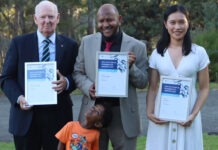Balancing her love for feline cuddles and pharmacology, Zahraa Bhorat MPS hopes to forge a path in pharmacy education.
Why pharmacy?
I love innovation, pharmacology, how medication can manipulate the human body and how we use it to treat patients and improve their quality of life.
I’ve always been fascinated by how things work and how we can make people feel better. As a newly registered pharmacist, I enjoy explaining the mechanism of action of a specific medication to pharmacy students and assistants – watching their eyes light up when they understand the rationale behind its use.
A favourite example of mine is reminding them that we isolated the first ACE inhibitor, used to lower blood pressure, from snake venom.
How did PSA’s Flying Start program help set you up for career success?
As a pharmacist, you’re always in a leadership role. There are so many duties that will impact staff and the business as a whole, which is a weight pharmacists will always carry.
The biggest transition for me from intern to pharmacist was taking on that responsibility and leadership, with the help of the Flying Start program’s management and leadership training. For example, the ‘Provide leadership across the organisation’ unit pushed me to find ways to improve our services, despite just starting my job.
I no longer needed to ask my pharmacist for advice or approval before dispensing medines; instead, my assistants were asking me. Along with helping me find that independence, the Flying Start program guided me through networking, what resources are available, how to work collaboratively with both staff and other pharmacists, and – above all else – how to look after myself.
Why would you recommend other young pharmacists complete the program?
I finished the Flying Start program in August last year, but I’m still developing procedures and looking at ways to improve our services or staff workflow today.
It’s invaluable having the drive to improve not just yourself, but also your work environment. It’s important for young pharmacists to remember that pharmacy is an extensive profession. I’ve lived in Western Australia all my life and I’ve only ever known community pharmacy, so seeing other new pharmacists from the other side of Australia working in completely different environments helped me broaden my horizons. I encourage other young pharmacists to keep wondering, learning and taking opportunities.
What area of pharmacy are you considering going into?
If you asked me 4 years ago when I started pharmacy, I would have said industry.
Today, the area I’m most interested in is education. I love sharing knowledge, especially if it means I can help shape and grow the next generation of pharmacists. I’ve had some bad teachers in the past, as I’m sure everyone has, but I want to help students fall in love with pharmacology and enjoy the process of becoming a pharmacist.
What excites you most about the future of the pharmacy profession?
When I finished my degree, I was told ‘it will open doors for you’. I didn’t see it then, but today I’m looking at too many doors and I don’t know which one to choose. It’s exciting that our scope of practice is growing and that we have so many paths to choose from. I want to experience everything pharmacy has to offer.
A Day in the life of Zahraa Bhorat MPS, Pharmacist Manager, Perth International Airport
| 11.30 am | Not a morning person
I wake up and spend at least half an hour playing with my cats before I get ready for the day. |
| 1.20 pm | Leave for work
Work is about a 20-minute drive away, but it takes longer to get to work because I have to take the shuttle bus from the long-term airport car park to the terminal where the pharmacy is located. |
| 2.00 pm | Start the day
Handover from the morning pharmacist and check the calendar for today’s schedule. Check emails and update the priority list for tasks. Then I delegate tasks to my assistant. It’s important to map out our goals because there’s always so much to do, it’s easy to miss something. |
| 4–6 pm | Tricky queries
Travellers unfamiliar with Australian prescribing law and conditions, and also unsure of the processes for acquiring their regular medications, often emerge. It’s common to be asked for medications like sildenafil, ondansetron and domperidone without a prescription. Moving into summer it’s important to talk to arriving patients about sun safety and protection in the Australian heat. I’ve referred many people with diabetes to a doctor after requests for sitagliptin, metformin and other diabetic medicines. I’ve had people come in for antiemetics after suspected food poisoning and referred them on. When a teenager and his mother spoke to me about his dermatitis, I immediately referred to the doctor after recognising golden staph in the rashes. |
| 7.30–10 pm | Busy period
A lot of international travellers are coming and going, with many connecting flights. Ear pressure, cold and flu symptoms and travellers’ diarrhoea are common but there can be more serious concerns. Recently, I had a patient referred by the airport control centre for a possible case of venous thromboembelism. The patient’s right leg was swollen, almost double the size of her left leg. I convinced her to go to hospital and worked with airport staff on how to coordinate the transfer. |
| 11–11:30 pm | End of day
Towards the end of my shift, I take review the day and plan for the next. Any tasks I was unable to finish will be reorganised for another day. |
Register for PSA’s Flying Start program to make your transition from intern to practicing pharmacist with confidence. Registrations for the 2025 intake close on 3 March.



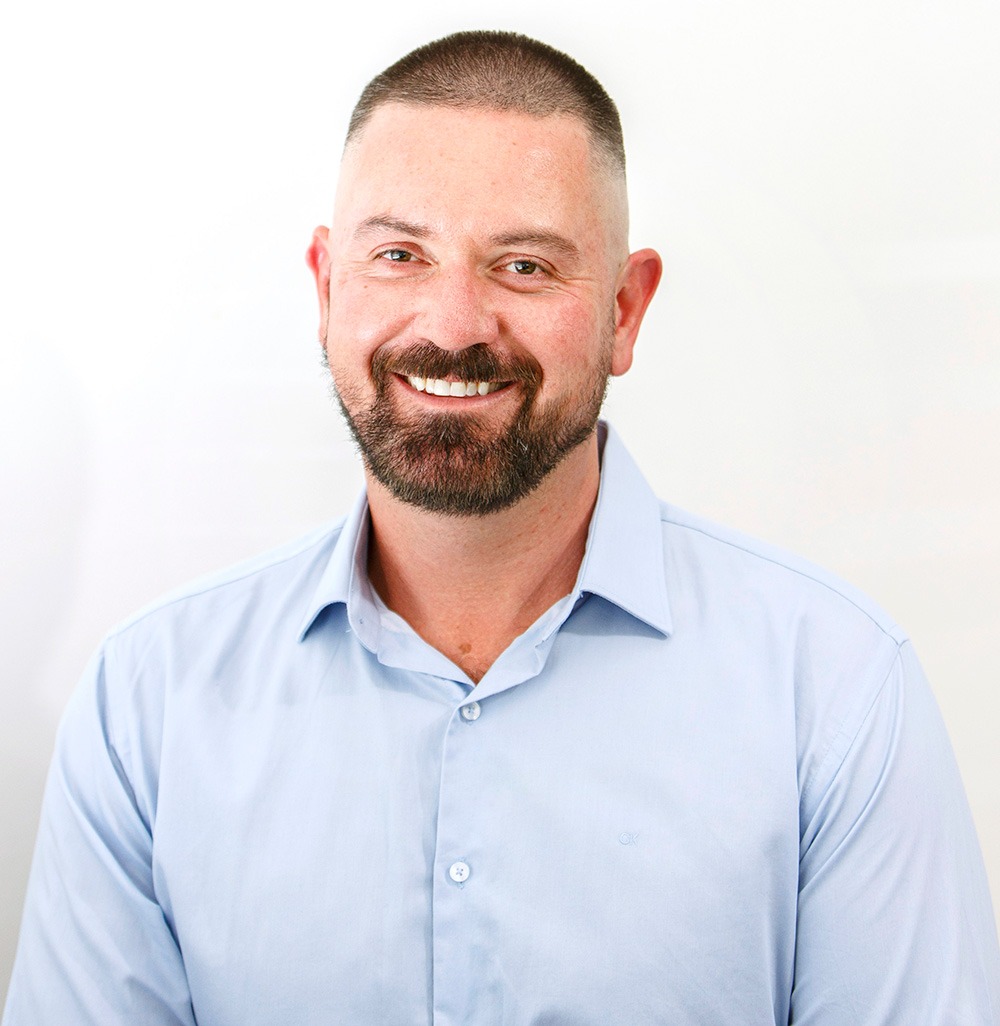 Pharmacists have always prescribed, but they have the potential to prescribe much more
Pharmacists have always prescribed, but they have the potential to prescribe much more



 Sponsorship information
Sponsorship information
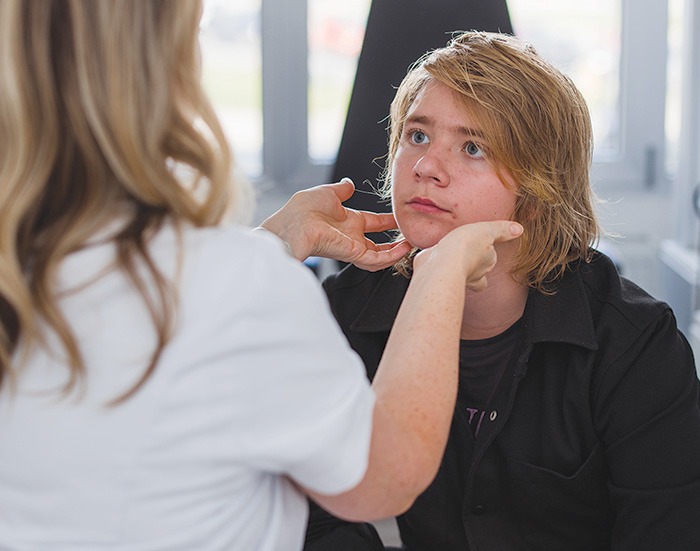
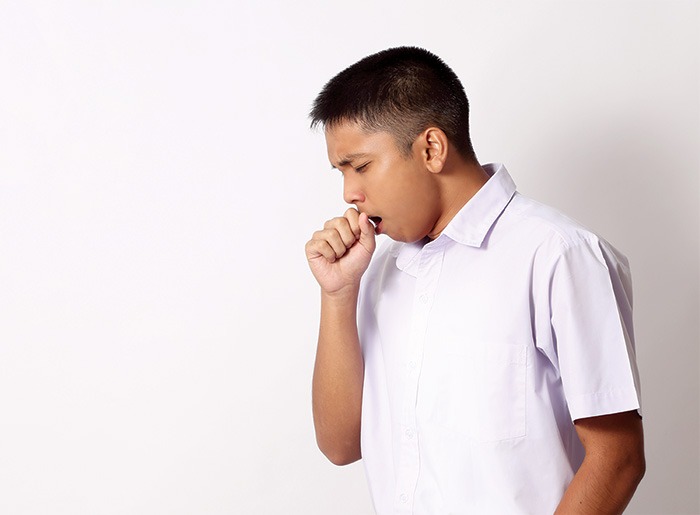
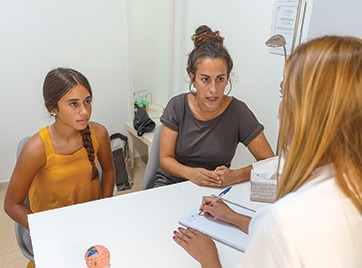 Talking to patients who have questions
Talking to patients who have questions

